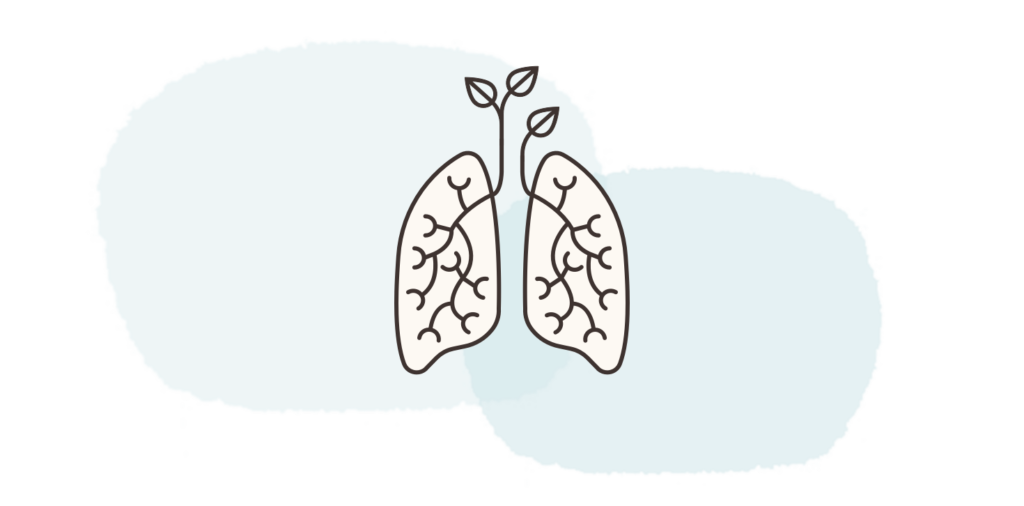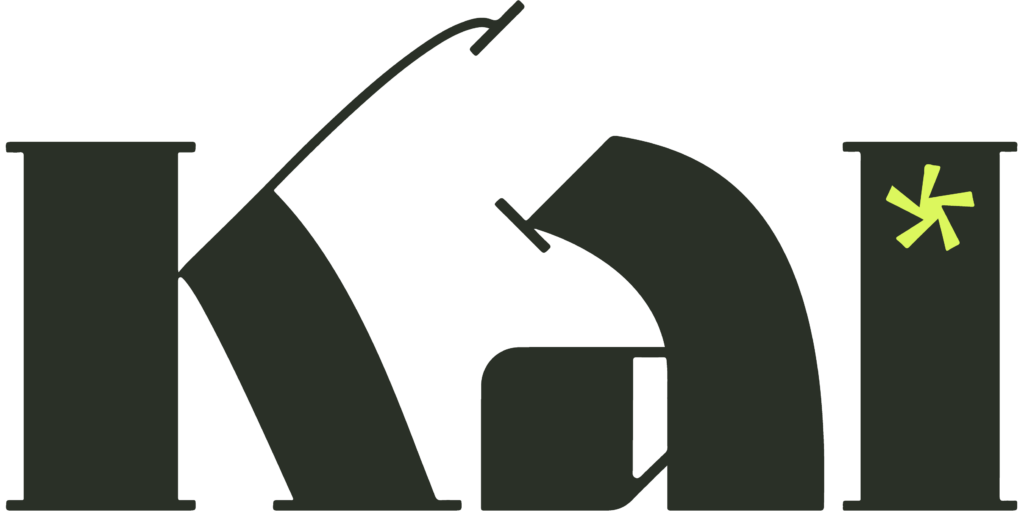Recently, COVID-related stress and health concerns have raised collective interest in the benefits of breathing exercises.
Of all the approaches to calming the body and mind, breath has long been considered the lowest common denominator. But today it’s become too easy to overlook, as more stimuli compete for our attention than at any other point in history. And it’s not just about missing out on enhanced awareness through special breathing exercises. When our basic breathing is poor, it often triggers more serious physical ailments. Especially as we age.

No, breathing right is not a cure all for everything. Yet even a basic physiological understanding of the mechanics of breath, combined with a daily practice of deep breathing exercises for several minutes, can do a lot to keep you calm and less stressed.
Think of it this way: you’ll be breathing about 20,000 times, every single day, for the rest of your life. Let just a few of those breaths do some heavy lifting to carry you through the day with a heightened sense of peace of mind and vitality.
A very brief history of controlled breathing
Chronologically, India and China were the first to identify controlled breathing exercises as a way of connecting with deeper states of consciousness. The yogic approach to breath control, referred to as pranayama, remains among the most developed schools of thought on the subject even today. Prana = vital energy. Ayama = regulation. Several factors are involved in regulating this vital energy (including food, rest, and a calm, positive mindset), but breath is thought to have the most direct effect.
Pranayamic exercises vary in difficulty. One of the most common techniques is called Ujayi breath (pronounced oo-jai), which involves contracting the glottis muscles of the throat to create friction with the incoming and outcoming air. Ujayi is characterized by generating a sound that is similar to the wind, or waves in the ocean. Its rhythmic sound stimulates mental clarity, but Ujayi also creates internal heat that is useful in preparing the physical body for yoga practice. ‘Tu Na’ breathing is the Taoist equivalent to Ujayi and is used in Qigong practice.
In the West, modern breathing techniques for relaxation first gained attention in the 1920s with the ‘autogenic training’ method. German psychiatrist Johannes Heinrich Schultz popularized this method, which combines slow deep breathing and a series of self-statements about heaviness and warmth in different parts of the body. The technique is used to treat anxiety and stress, and is still commonly practiced today in conjunction with Cognitive Behavioral Therapy.
Contemporary approaches to controlled breathing
The contemporary mental, physical, and behavioral health landscape is dotted with new advocates for the benefits of breathing exercises. Notable mentions include:
Mindfulness Practitioners: Jon Kabat-Zinn, founder of the American mindfulness movement, includes breathing exercises as an integral part of a total program for stress reduction and management. Mindful breathing focuses on scanning the body and observing thoughts that arise, as opposed to focusing on a particular breathing technique.
Wim Hof: The Wim Hom method combines deep breathing with exposure to extreme cold in order to boost mental and physical immunity. Hof has gained considerable attention in both scientific and popular cultural circles for carrying out impressive physical feats, such as running a barefoot half marathon over ice and snow.
US Navy SEALs: Since 2006, the US Navy’s expert Sea Air and Land Forces have trained controlled breathing techniques to support daily stress management, as well as extreme combat situations.
Yes, there is a right and wrong way to breathe
Just as slow deep breathing stimulates relaxation, quick shallow breathing can trigger anxiousness, or even panic, by limiting our oxygen supply. Common reasons for shallow breathing include: distraction or intense concentration, such as after staring at a screen for too long; uncomfortable clothing (tight jeans are often implicated); or holding in the stomach muscles in a way that constricts the movement of our rib cage.
Mouth breathing is another culprit. In an interview about his best-selling book, Breathe: The New Science of a Lost Art, author James Nestor states, “When your breath through the nose you are forcing the air through this maze and as it goes through this maze that air is treated, it’s heated, it is humidified and it’s conditioned so that by the time it gets to our lungs our lungs can better absorb it more efficiently. […] Nasal breathing alone will give us about 20 percent more oxygen than equivalent breaths through the mouth.”
Most breathing exercises share these common tips:
Breathe deeply through your nose. Some techniques advocate equal duration of inhales and exhales. Others emphasize a slightly longer exhale to stimulate the vagus nerve (more on that below).
Engage your diaphragm: Diaphragmatic breathing begins in the lower belly and moves upward to the throat. Aim to expand your rib cage in all directions.
Mind your posture: Whether you’re seated or standing, try to keep your spine as erect as is comfortably possible to allow for deep breathing.
Make it a habit: A consistent breathing practice, especially in the morning, can help promote increased breath awareness throughout the day.
Pay attention to how you feel: Notice when you’re stressed, scattered or sluggish, and use the appropriate breathing technique to rebalance.
Keep experimenting: Reading about breathing is good. Practicing breathing exercises and seeing how they affect you is even better.
Understanding the biology and neuroscience of breathing exercises
When you feel calm and relaxed, your body’s parasympathetic nervous system (PNS) kicks in by slowing the breath, decreasing blood pressure, and increasing digestion. Conversely, if you consciously slow your breath, such as by practicing controlled breathing exercises, you can activate that mechanism voluntarily. Put simply, your emotions influence your body, but but your body also influences your emotions in a continuous feedback loop. Breathing is a powerful way to tap into that loop.
An easy trick to stimulate the vagus nerve and switch on your PNS is to extend the length of your exhales. A good ratio for beginners is a 4-second inhale followed by a 6-second exhale, both through your nose.
In addition to influencing the parasympathetic nervous system, controlled breathing also directly affects the brain’s central nervous system by regulating our emotions.
Research from the Technical University of Munich shows that just by paying attention to our breath we can activate or deactivate areas of the brain that are involved in stress management and emotional activity. Respectively, the dorsomedial prefrontal cortex and the amygdala. Lowered stress, in turn, increases our mental clarity and capacity to focus.
For athletes, combining slow, deep, nasal breathing with breath retention has the unique ability to enhance performance and recovery. It may seem counterintuitive at first, but limiting the amount of oxygen in your body for short periods, also known as intermittent hypoxia, releases a surge of oxygen from the blood into the tissues. Doing this consistently also trains your body to tolerate more CO2, and frees up oxygen to drive energy and promote cellular repair.
FAQS on breathing exercises
Are there any side effects to breathing techniques?
Most basic breathing techniques for relaxation are considered safe for healthy adults. One notable exception is in people experiencing a panic attack or anxiety that is related to their physical state, where focusing on physiology may increase the panic response.
There are also more esoteric forms of controlled breathing that are used for exploring altered states of consciousness, such as holotropic breathing or rebirthing. These require the supervision of a certified practitioner.
Should I keep my eyes closed or open while practicing?
Both are fine. If you’ve never practiced breathing exercises before, you may find that closing your eyes makes it easier to notice how a particular exercise affects your mind and body. Over time, you should also aim to become more aware of your breath quality and even incorporate some breathing exercises into your regular daily activities, such as while washing the dishes.
Using Kai to practice controlled breathing exercises
Kai sends reminders to consciously notice your breath, along with guided audio or video exercises for specific techniques, such as Box Breathing or Double Exhales.
Kai also combines breathing exercises with other tools for stress management and focus, such as journaling and reflection. The tools work together to develop your abilities in psychological flexibility and resilience.
TL;DR
Most of us overlook the way we breathe and many develop poor breathing habits that have negative short- and long- term consequences for our health.
Controlled, conscious breathing is one of the most direct and effective ways to increase mental clarity and reduce stress.
A simple trick for inducing relaxation is to extend your exhalations. Breathe through your nose, aiming for a ratio of 4-second inhales and 6-second exhales.
References and further reading
- Scientific American: Proper breathing brings better health
- Nature: Mindful breath awareness facilitates efficiency gains in brain
- Harvard Medical School: Breath control techniques quell stress
- Frontiers in Psychology: The effects of diaphragmatic breathing on stress
- NPR: Interview with James Nestor, author of Breath
- Forbes: How Navy SEALs de-stress in 5 minutes
- Mindful.org: The breathscape practice for cultivating mindfulness
- Frontiers in Human Neuroscience: The Respiratory Vagal Stimulation Model of Contemplative Activity
- Elsevier Public Health: Equanimity in the time of COVID
- Elephant Journal: The science behind pranayama breath retention
- Wim Hof: Wim Hof method breathing exercises





